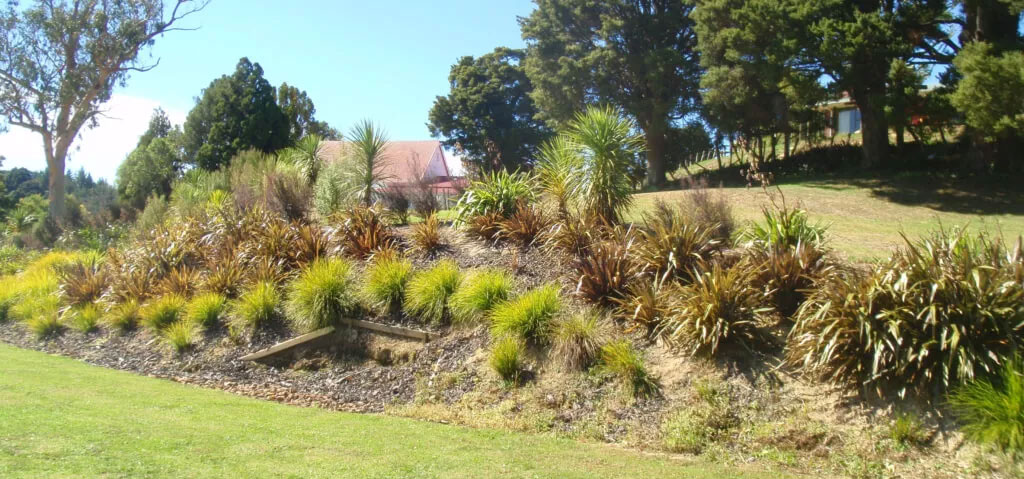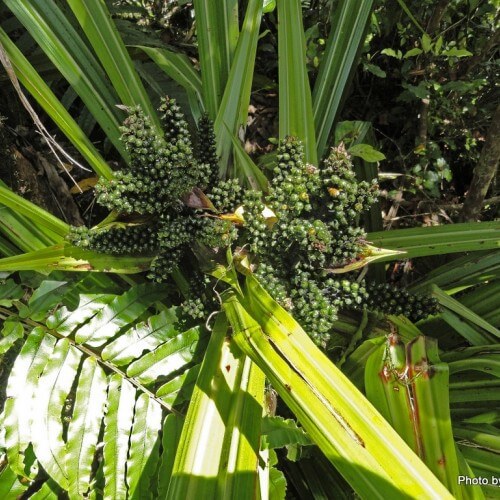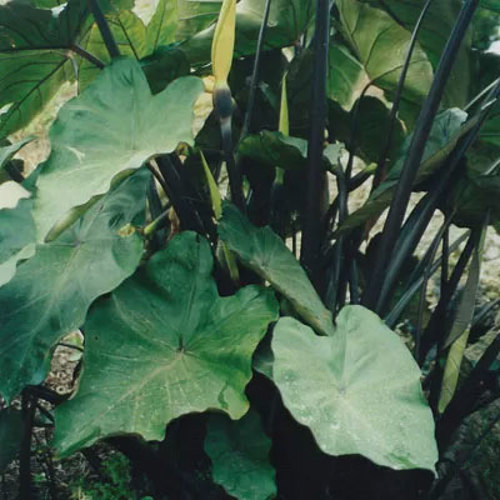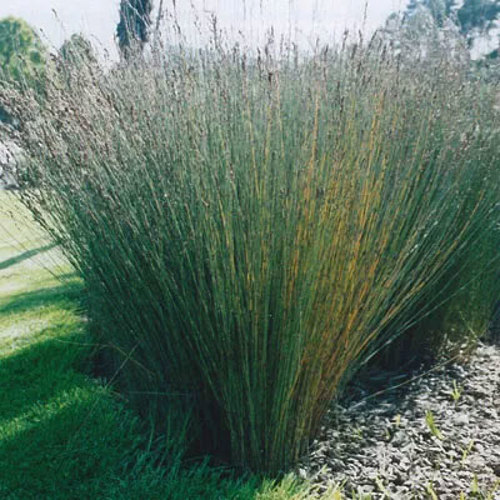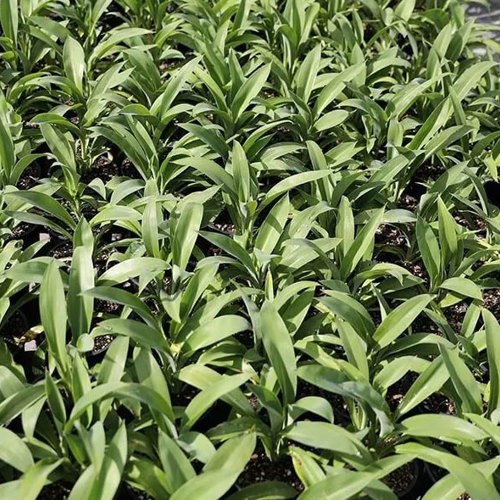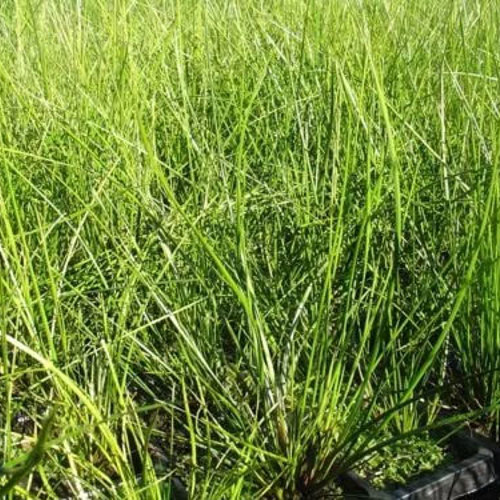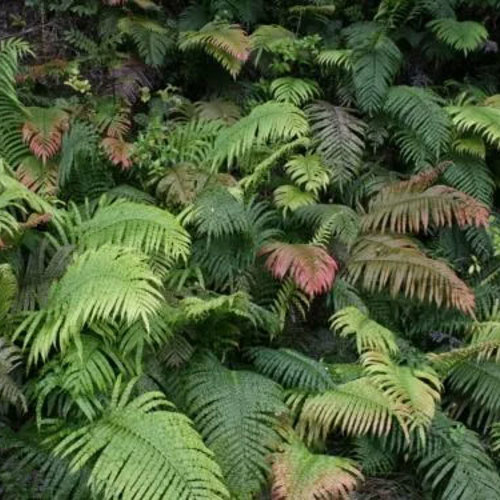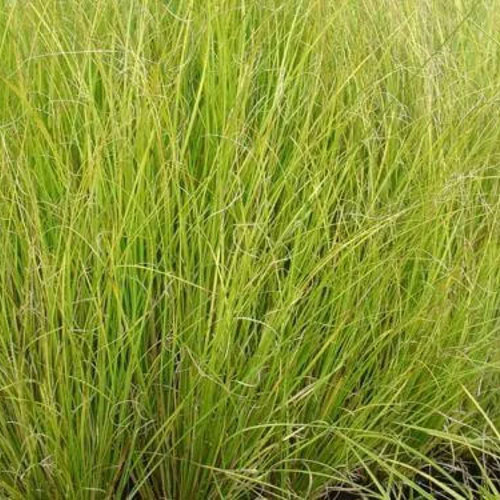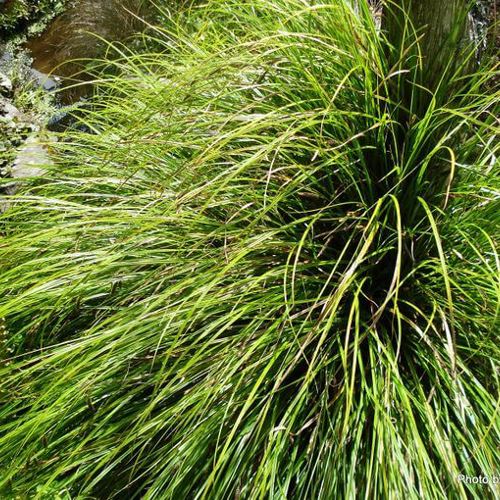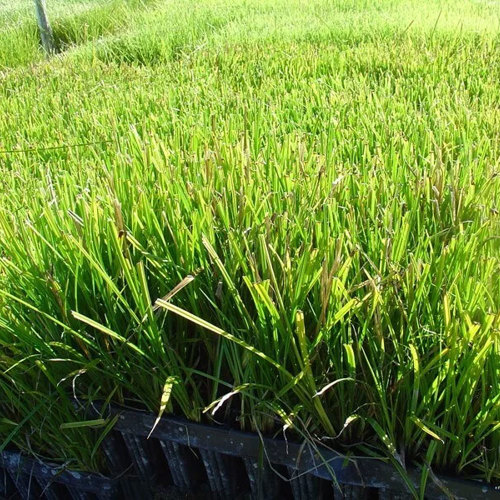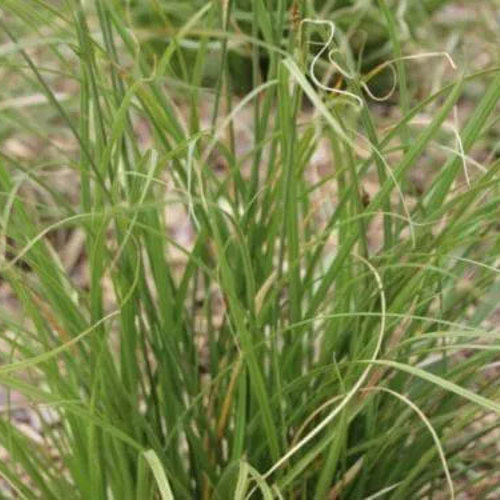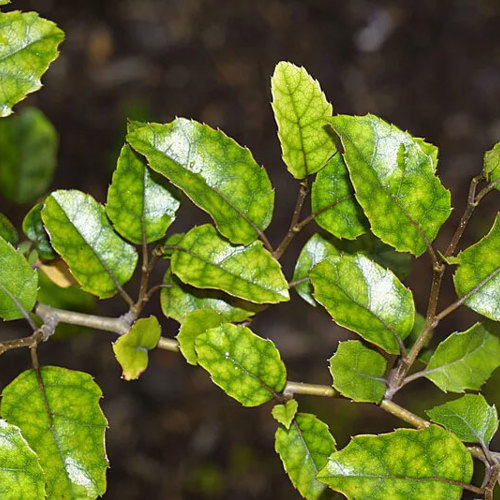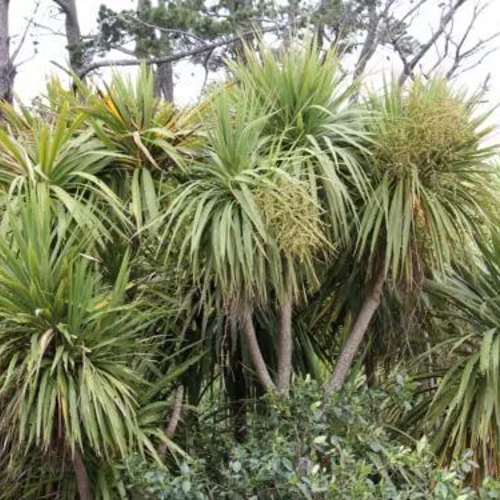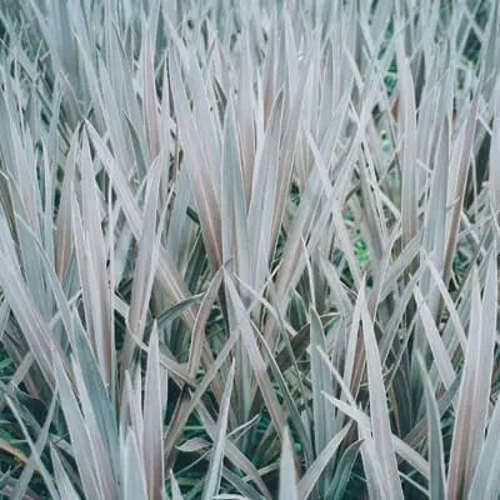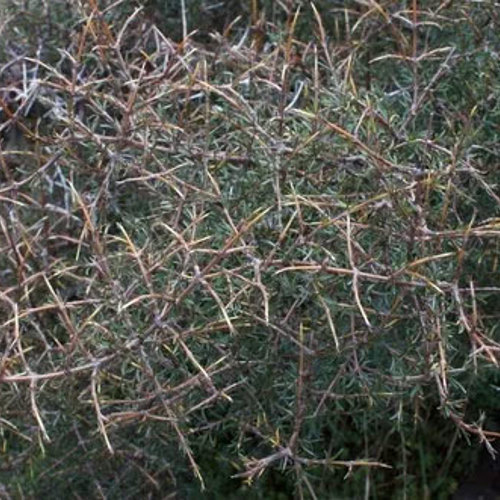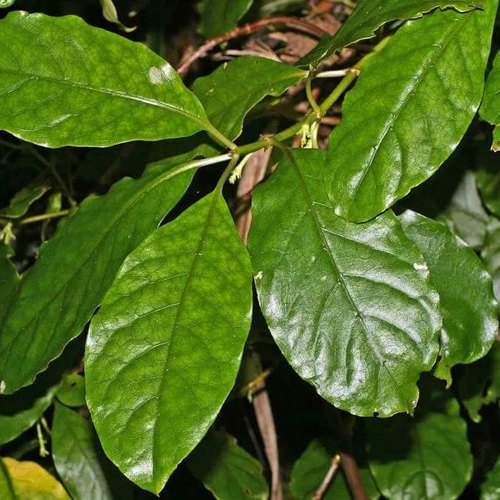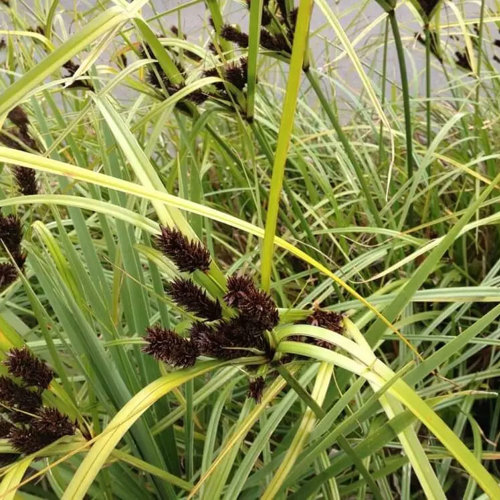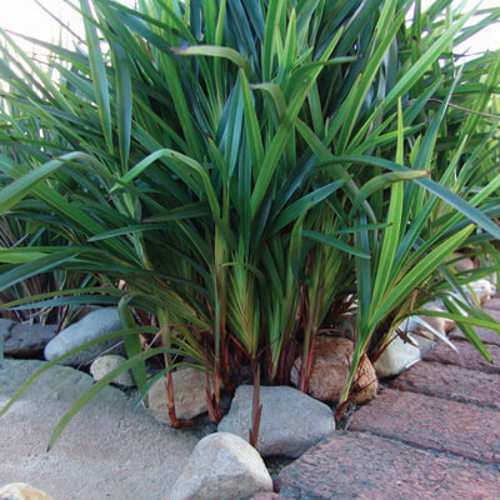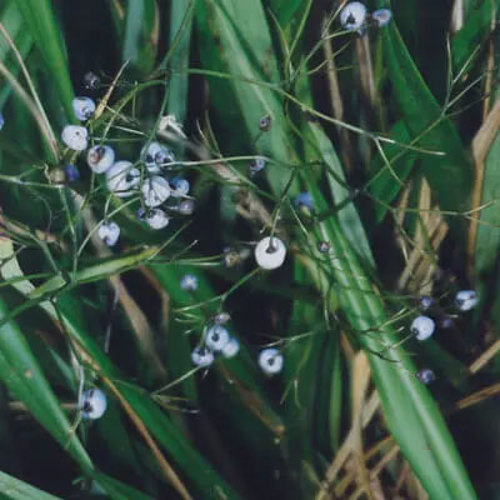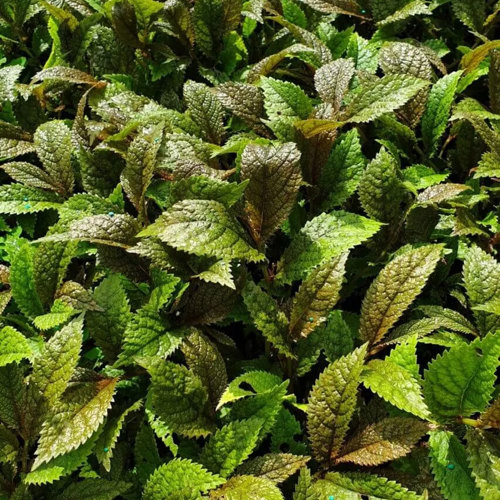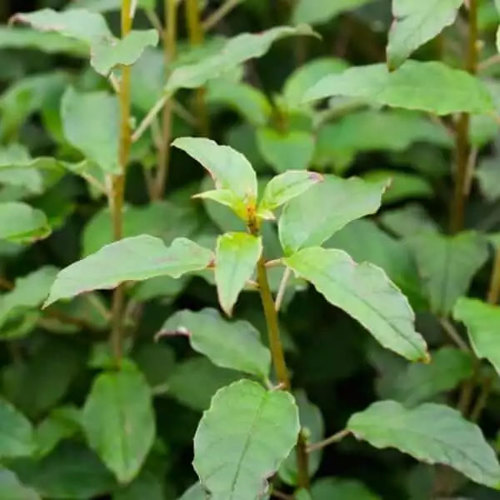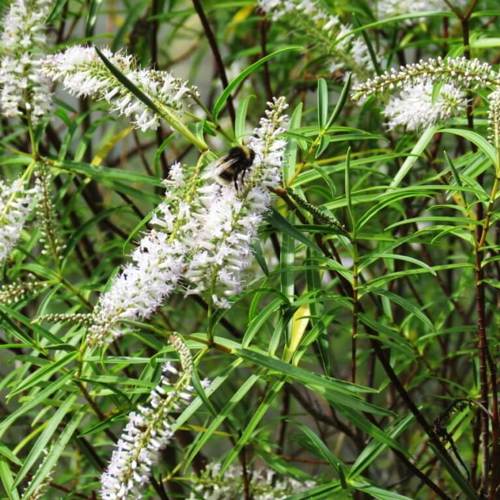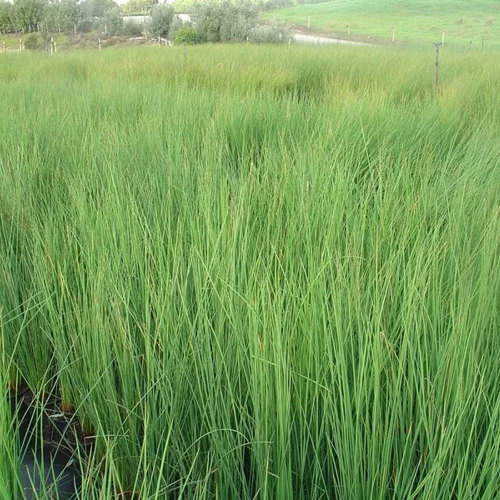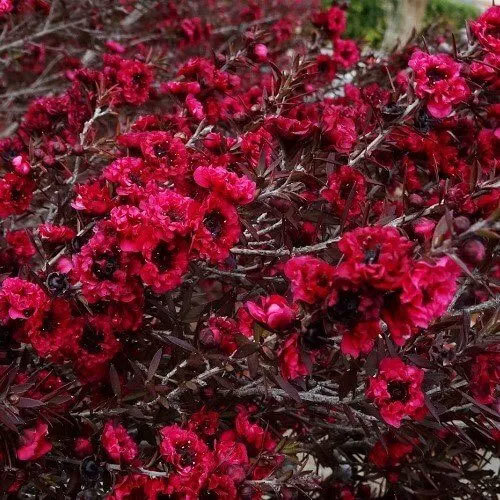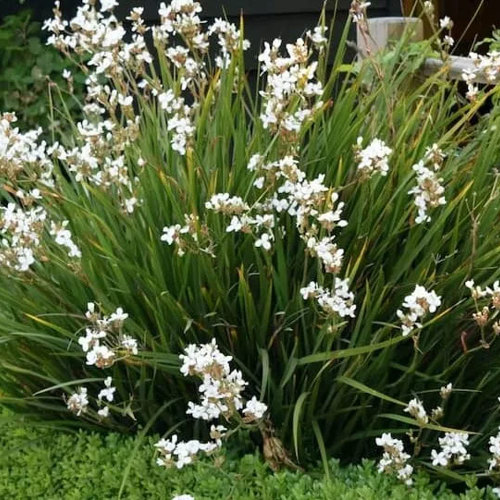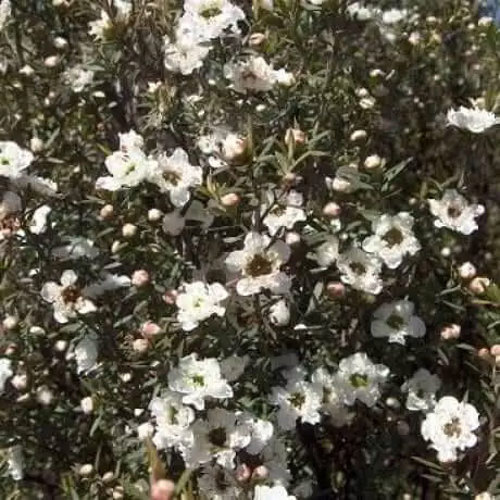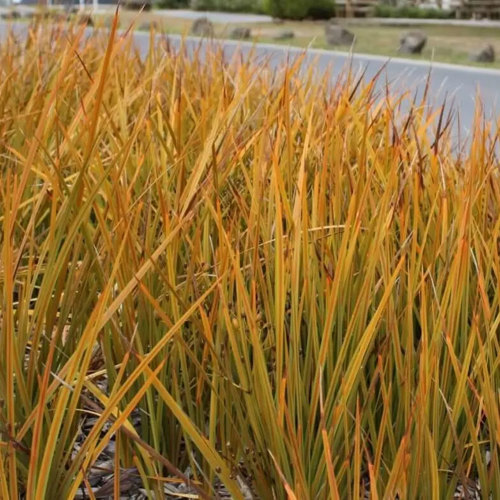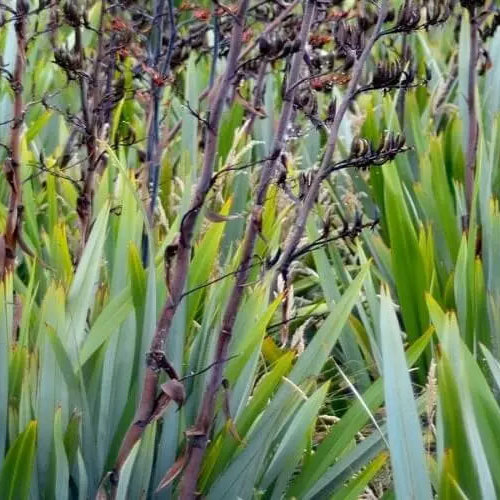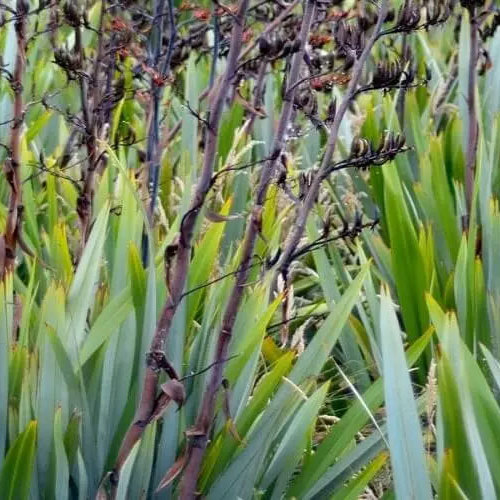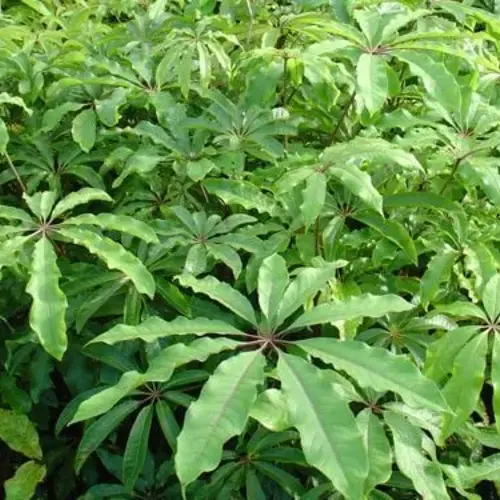Why plants matter more with a passive sewage system
A passive wastewater system works without pumps or power. Instead, it relies on gravity and natural processes to treat and dispose of wastewater. Because it’s low-tech, it also means there’s no mechanical boost to move the water through the land — it all depends on the environment doing its job.
That’s where plants come in.
The area where the treated wastewater flows out — called the effluent field — needs help managing moisture. Plants do this beautifully. They soak up water through their roots, and release it into the air through their leaves (that’s transpiration). In passive systems, this natural evaporation is a key part of how the system stays balanced and functional.
What can you plant?
Here’s a list of native and other plant species that do well in damp areas — perfect for spots like your wastewater field. They all either love wet feet or can happily tolerate soggy conditions.
